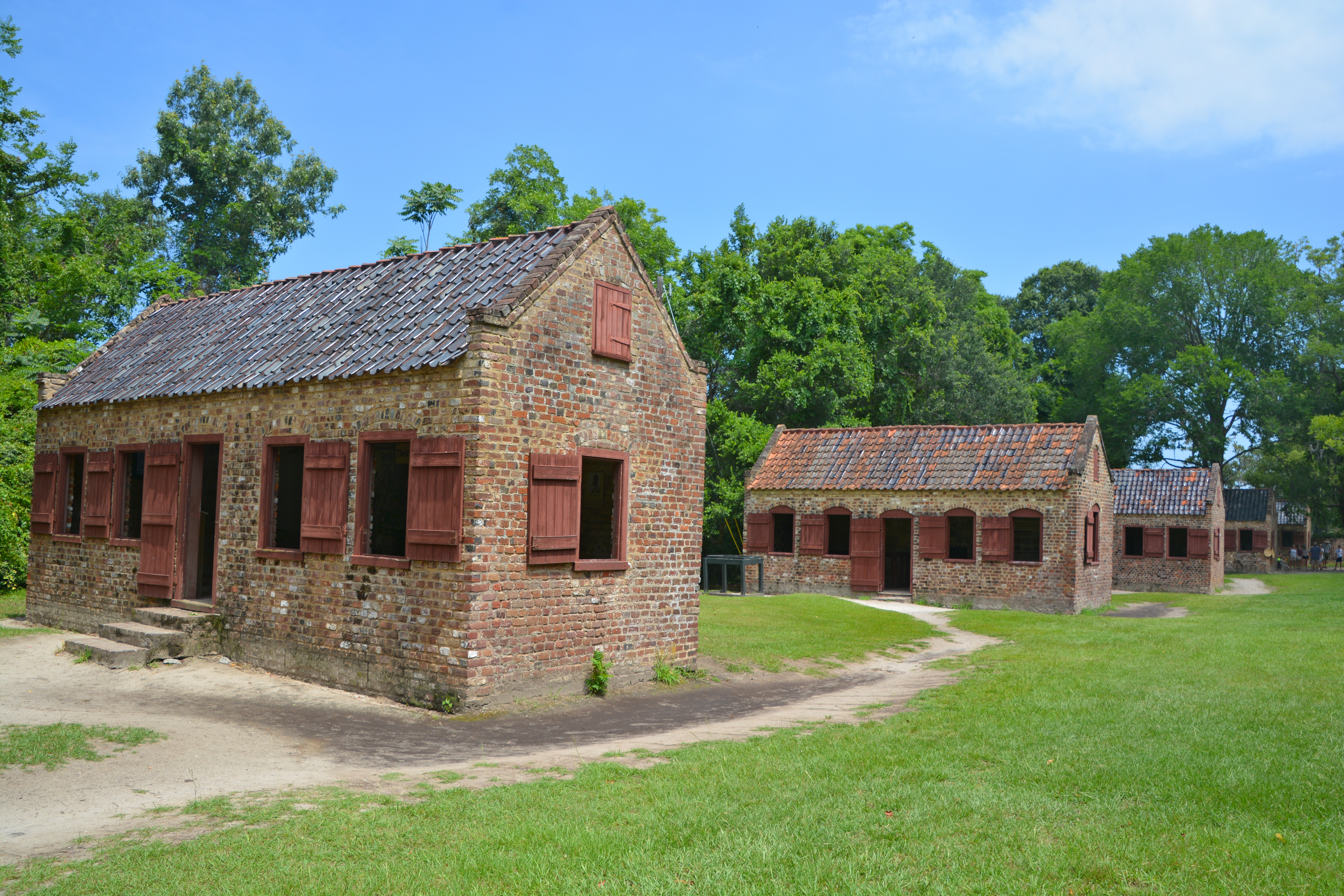
This series of posts focuses on the prices of slaves and some of the economics of the slave system as discussed in the book Bound for the Promised Land: Harriet Tubman: Portrait of an American Hero, by Kate Clifford Larson.
First post: introduction, why discuss prices, manumission
Term slaves
Another grim aspect of a slave economy is the difference between a “slave for life” and a “term slave.” As a matter of course a slave remained a slave until death unless granted manumission.
An interesting twist is the idea of granting manumission at some point in the future. For example a young adult, say in the twenties, could be granted manumission upon reaching age 35 or 40. Infants or children could be granted manumission upon reaching 20 or 40 or some other age.
Several factors would drive this. The books says one angle was to ease the conscience of a slave owner. The way that rationalization works is “well, she gets to go free in merely another 15 years, so I’m really a quite benevolent master.”
Manumission at some point in the distant future could let a slave owner feel good that his slaves would be free sometime soon. It’s hard to believe, but apparently people really thought that way.
Another angle was the idea that a slave knowing manumission was a fixed point in the distant future would reduce the motivation to run away. The certainty of being free in 10 or 15 years would make the high risk of running away now too dangerous.
The book points out even more manipulative strategies, such as granting future manumission to either children or their mother but not the other as a way to make sure the entire family stayed in the area and did not run away.
A slave with an officially recorded future manumission was not a slave for life but was instead a term slave. Such a person would only be a slave for a specific number of years and then become free.
Obviously, or perhaps not so obviously, a term slave could not be sold for the same price as a slave for life. Such persons could only be exploited for a specific length of time instead of the remainder of their days.
Another aspect of Maryland state law was that a term slave could not be sold outside the state.
The book mentions several occasions when a slave owner illegally sold a term slave “down south.” In other words the sale was to a slave trader from the deep south who would pay full price for a slave for life and then transport the slave to Alabama or Mississippi, never to see his or her family again.
Status of children
Another feature of slave law is the children born to a female slave were automatically a slave upon birth and therefore were automatically the property of the master. Children born to a free black woman were born free. The status of the father and whether the woman was married or not was irrelevant.
To understand the concept behind the status of newborn humans keep in mind the inhumanity of the disgusting system we are discussing.
Remember slaves were considered property like wagons and livestock. (Remember the point of this post is to remind us of the barbarity involved.)
Consider a farmer who owns a cow. If the cow gives birth to a calf the newborn offspring belongs to the farmer. It does not matter who owns the bull – the calf is the property of the farmer.
Are you disgusted yet? Good. Now we can move on to some actual prices for buying and selling human beings.
Next post: sales prices, hire out
Final post: rewards for capture, military pay